Handwriting Help With Pencil Grips
Let’s talk about handwriting. It’s something that can be really hard for some kids. Poor handwriting can be due to bad habits or a lack of effort, but for many children, physical issues like low muscle tone contribute.
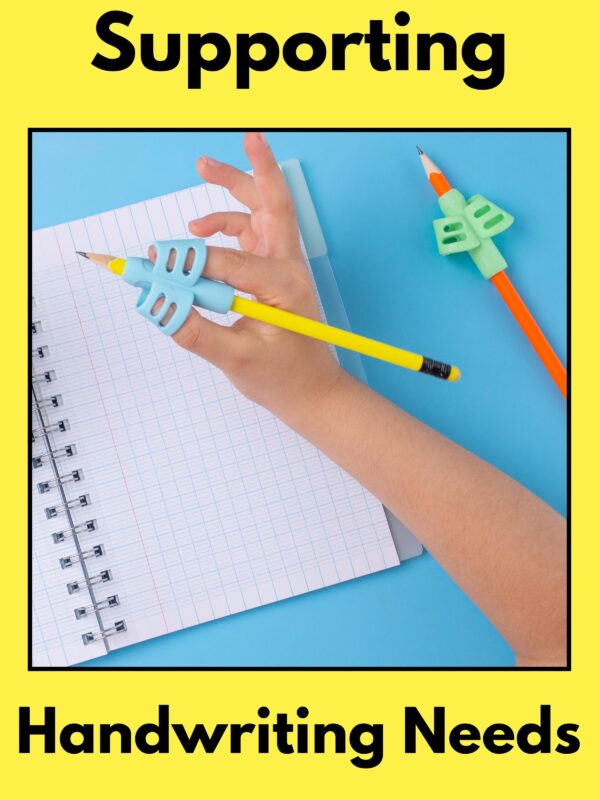
When a child is struggling with poor handwriting, it’s important to assess what the specific challenges are and address them. Sometimes students “draw” their letters instead of writing them with correct letter formation. Sometimes students have trouble maintaining appropriate spacing. Other times their handwriting starts out neat and deteriorates as they get further into their writing. Other times they aren’t grasping their pencil correctly.
Factors That Impact Handwriting
For some kids, only one factor needs to be addressed, but often several factors come into play. Here are some strategies that I’ve found helpful for each.
Incorrect letter formation – Model and teach correct letter formation. Emphasize starting and ending points as well as directionality.
Poor spacing between words – Use a finger or spacer to encourage adequate spacing. Kids can even add small stickers or stamps between their words after finishing writing assignments to check their spacing.
Incorrect letter size – Model and teach correct letter size. Model tall letters, short letters, and below-the-line letters. Colored lines or special paper can sometimes help.
Not writing on the lines -Try highlighting the writing lines or using raised line paper. Have children skip every other line.
Deteriorating quality -Try taking breaks during longer writing activities or reducing the length of writing assignments. Build muscle strength with other fine motor activities and check that the child is holding their pencil correctly.
Poor pencil grip – Model and teach correct pencil grip. Try having the child pinch the pencil with their thumb and index finger before adding the middle finger behind the pencil. Children who forget to use the correct grip or who have trouble sustaining it may benefit from a pencil grip.
Pencil Grips For Handwriting Support
If you do find a child needs a pencil grip, it’s important to know that they are not a one-size-fits-all kind of thing. It’s important to explore your options and figure out which one works best for the specific kid. The Pencil Grip, Inc. ™ sent me a set of three pencil grips to review: the crossover grip, the pinch grip, and the original grip. They also have a jumbo grip, which I was not sent.

What I liked about each of their grips was that they were squishy and soft, which made them more comfortable for me than some grips on the market. They also all fit standard-sized pencils well and stayed in place, which is an issue I’ve encountered before. All of the grips were also marked with R and L for right and left-handed use, which was helpful in making sure they were being held correctly.
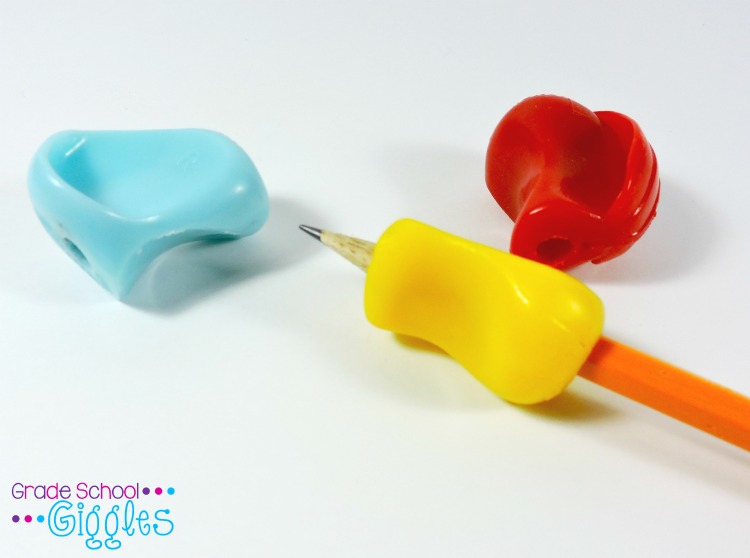
Types of Pencil Grips
The Crossover Grip -This grip holds fingers in the correct position and stops fingers from crossing over.
The Pinch Grip -This grip is a gentle guide for proper positioning that enhances comfort and control.
The Original Grip -This grip is intended to train children to use a developmentally appropriate tripod grasp and prevent bad habits from forming.
The Jumbo Grip -This is a larger grip that provides support to the second knuckle.
The Pencil Grip, Inc. ™ sent me complementary pencil grips for this review. All opinions are my own.

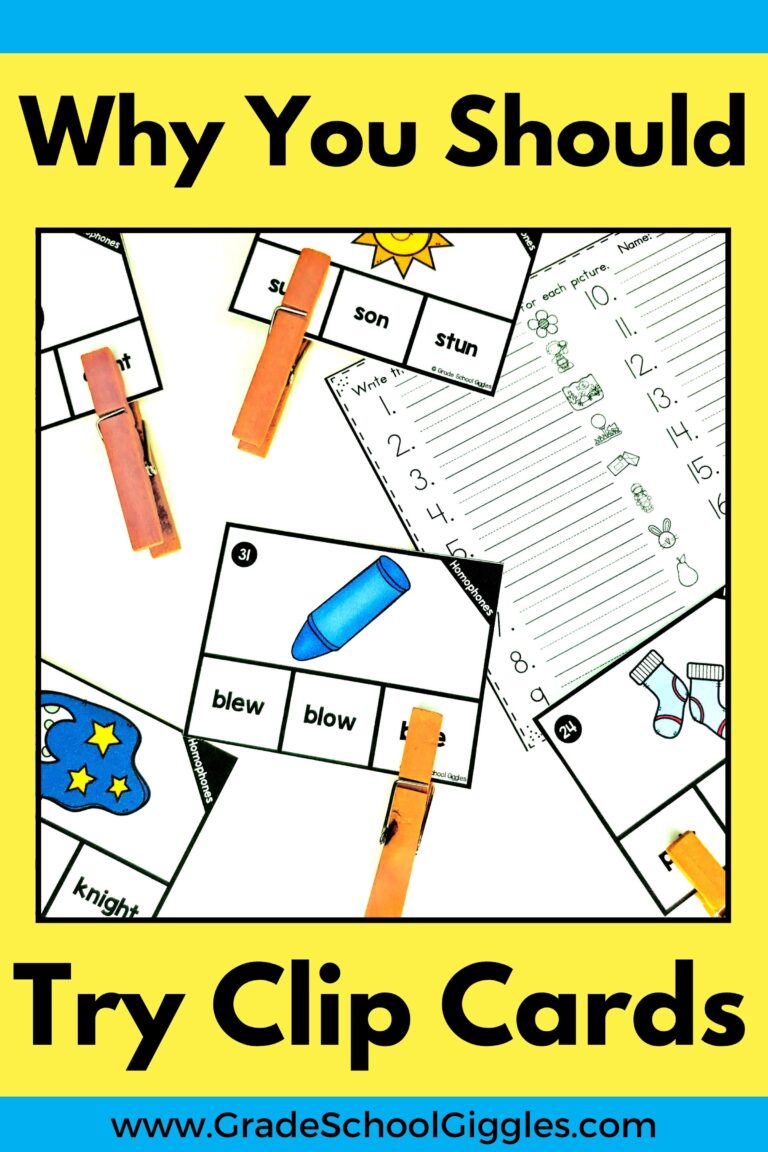
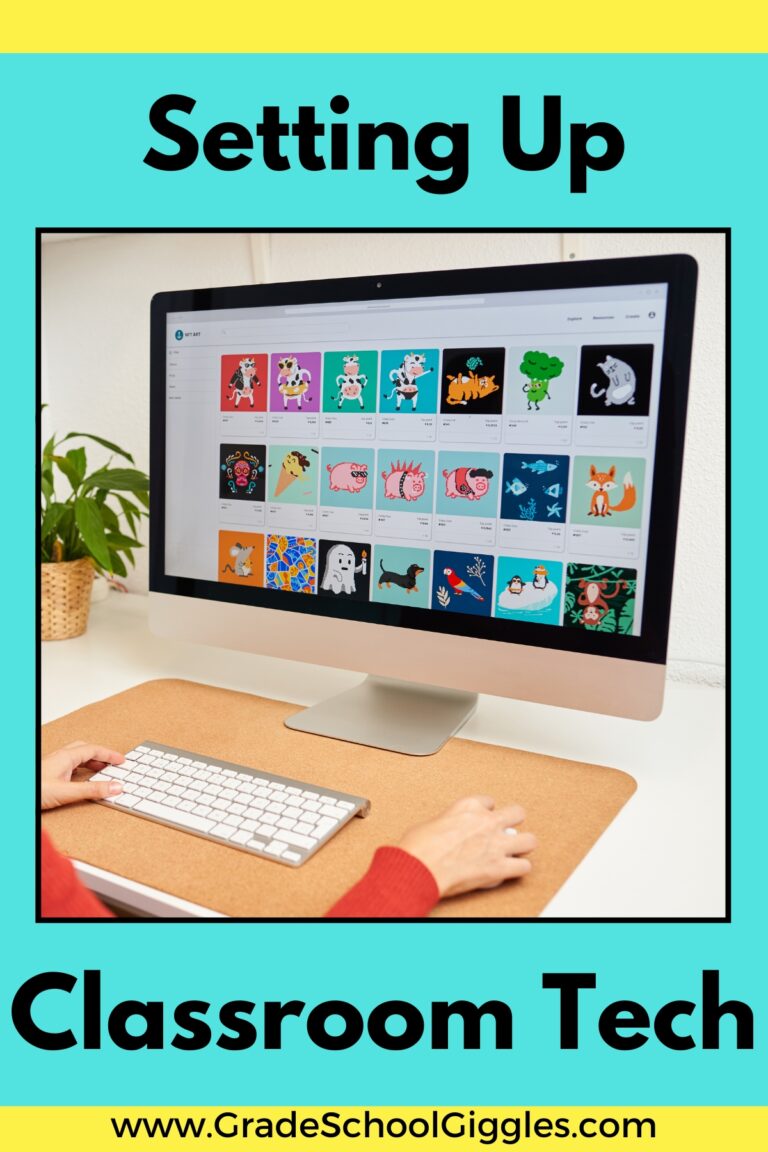

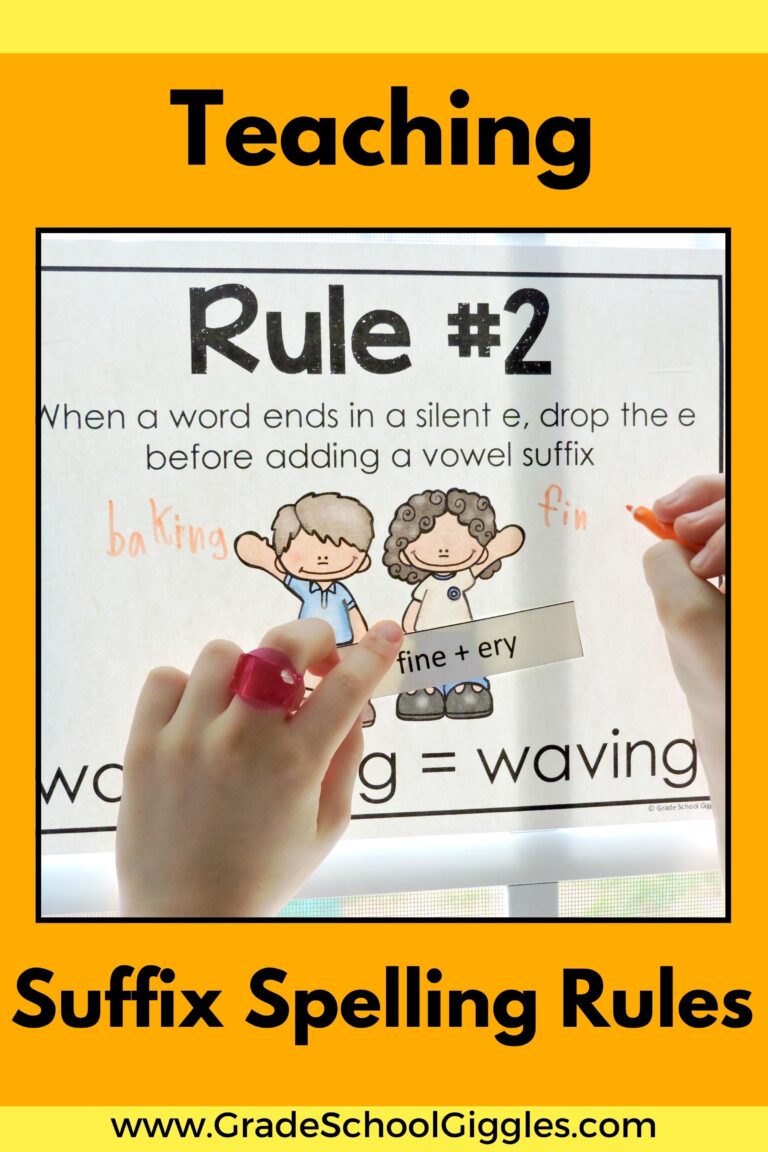
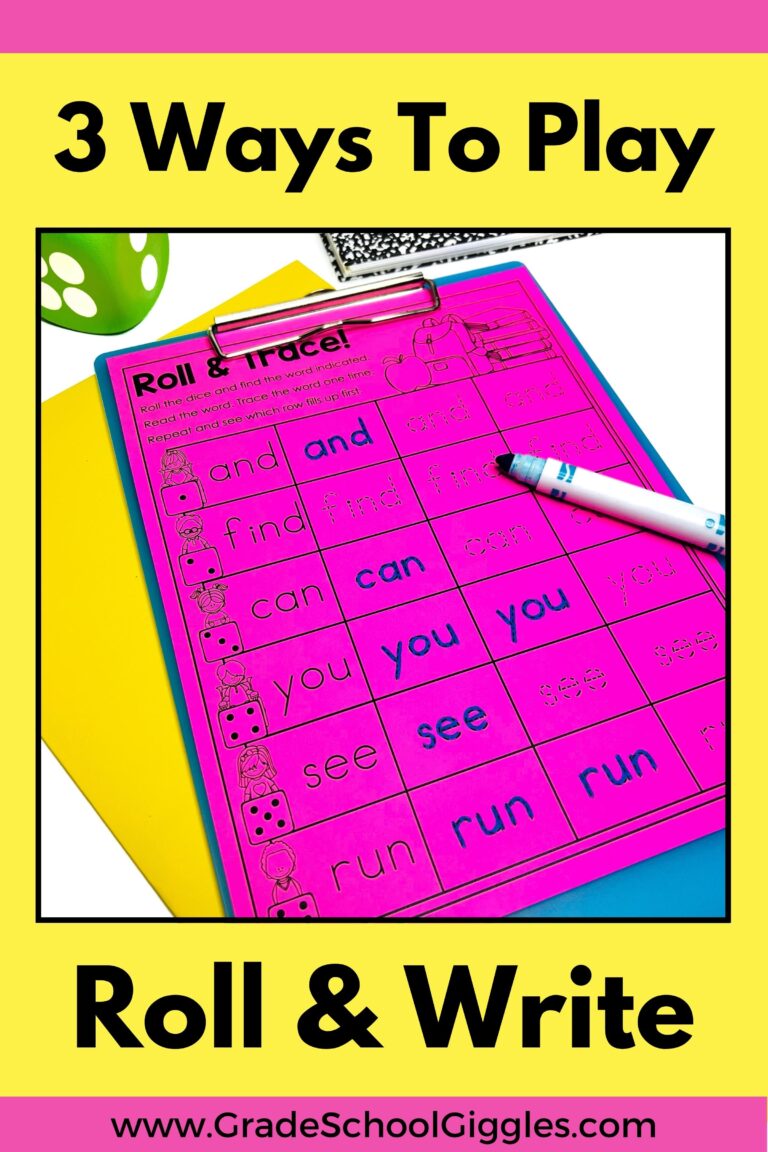
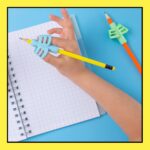
ncie i love to read this article.
I have many students who have weak hand and finger muscles who need grips to help them to grip a pencil correctly. The first step in writing is being able to form letters and build fluency. These grips will help immensely!
Good luck!